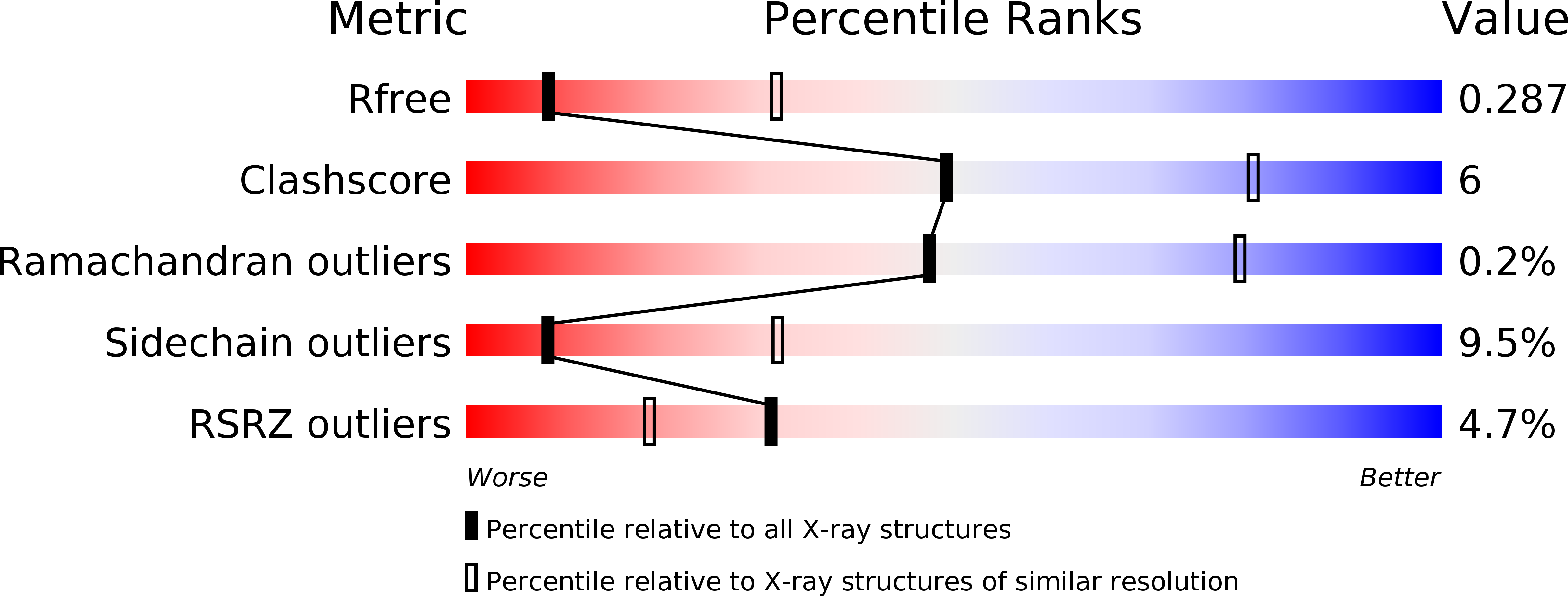
Deposition Date
2019-12-03
Release Date
2020-09-02
Last Version Date
2024-11-20
Entry Detail
Biological Source:
Source Organism:
Homo sapiens (Taxon ID: 9606)
Pyrococcus abyssi (strain GE5 / Orsay) (Taxon ID: 272844)
Pyrococcus abyssi (strain GE5 / Orsay) (Taxon ID: 272844)
Host Organism:
Method Details:
Experimental Method:
Resolution:
3.20 Å
R-Value Free:
0.26
R-Value Work:
0.23
R-Value Observed:
0.23
Space Group:
P 1 21 1


